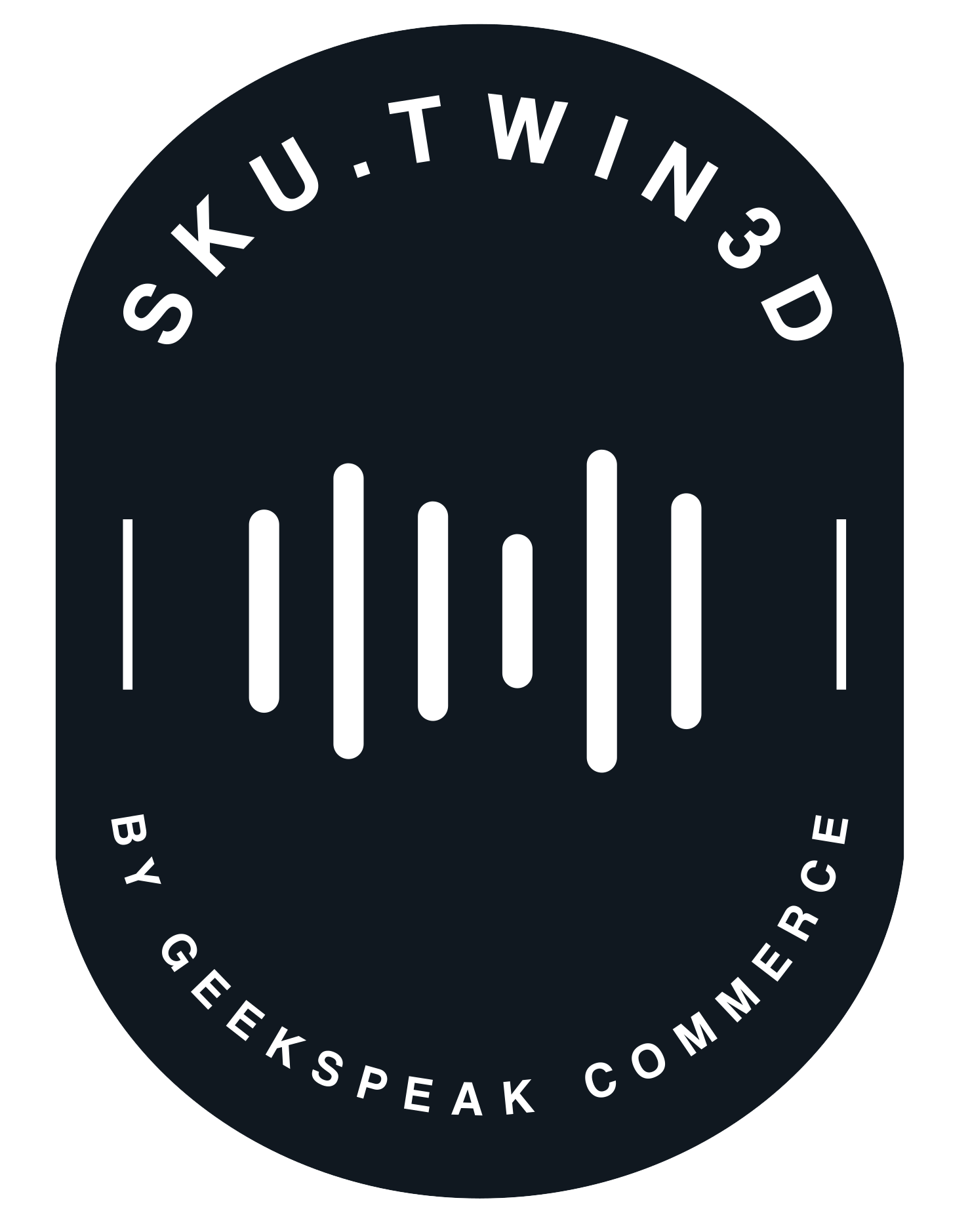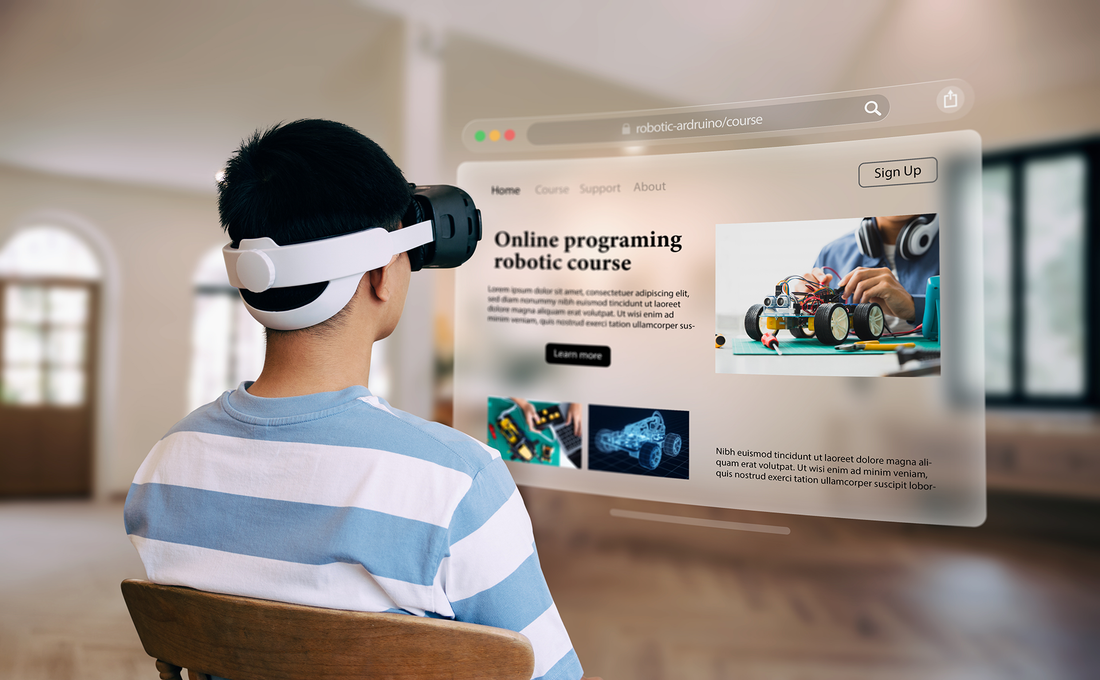In marketing, especially within the Consumer Packaged Goods (CPG) sector, brands are constantly seeking innovative ways to engage with their consumers. Amidst the clutter of traditional advertising methods, Augmented Reality (AR) emerges as a beacon, offering possibilities that are both exciting and profound. Here's an exploration of how AR is empowering marketers in the CPG industry to foster stronger, deeper connections with their consumers.
1. Redefining Product Interactions:
With AR, product packaging is no longer static. A box of cereal can come to life with interactive games for kids, or a shampoo bottle can demonstrate the benefits through a visual story. Through AR-enabled apps, consumers can scan products to immerse themselves in engaging brand narratives, making the shopping experience more interactive and memorable.
2. Enhanced Product Trials:
Trials are crucial for CPG items. With AR, consumers can 'try' products virtually. Whether it's previewing a new shade of lipstick or visualizing the result of a hair color, AR offers real-time feedback, allowing users to make informed purchasing decisions.
3. Storytelling Beyond the Packaging:
Every product has a story. AR lets brands share these stories in rich, immersive ways. For instance, a chocolate brand can walk consumers through its ethical sourcing journey, or a coffee brand might offer a virtual tour of its plantations. Such storytelling deepens brand loyalty and emphasizes authenticity.
4. Leveraging User-Generated Content (UGC):
Modern consumers, especially millennials and Gen Z, love to share their experiences. Brands can create AR campaigns where consumers become content creators, sharing their augmented interactions on social media. This not only boosts brand visibility but also builds a community of engaged users.
Interactive In-Store Experiences:
In a physical retail space, AR can elevate the shopping journey. Brands can set up AR markers, guiding consumers to new product launches, offering virtual product demos, or even creating gamified experiences that reward users.
6. Data Collection and Personalization:
One of the hidden gems of AR marketing is data. As consumers interact with AR experiences, brands gain insights into their preferences and behaviors. This data is invaluable for crafting personalized marketing campaigns, tailored offers, and even influencing product development.
7. Education and Transparency:
Today's consumers are discerning and often seek transparency about the products they consume. AR can be instrumental in providing this transparency. For instance, by scanning a product, users might access information about its ingredients, origin, manufacturing process, and more.
In the evolving landscape of CPG marketing, AR stands as a bridge between brands and consumers, turning ordinary interactions into extraordinary experiences. As technology advances and consumer behaviors shift, AR's role in marketing will only become more pronounced. For marketers, embracing AR now could be the difference between being a brand of the present and a leader of the future. The opportunity to create deeper, more meaningful connections awaits.
Learn more about the power of AR experiences in ecommerce here.

